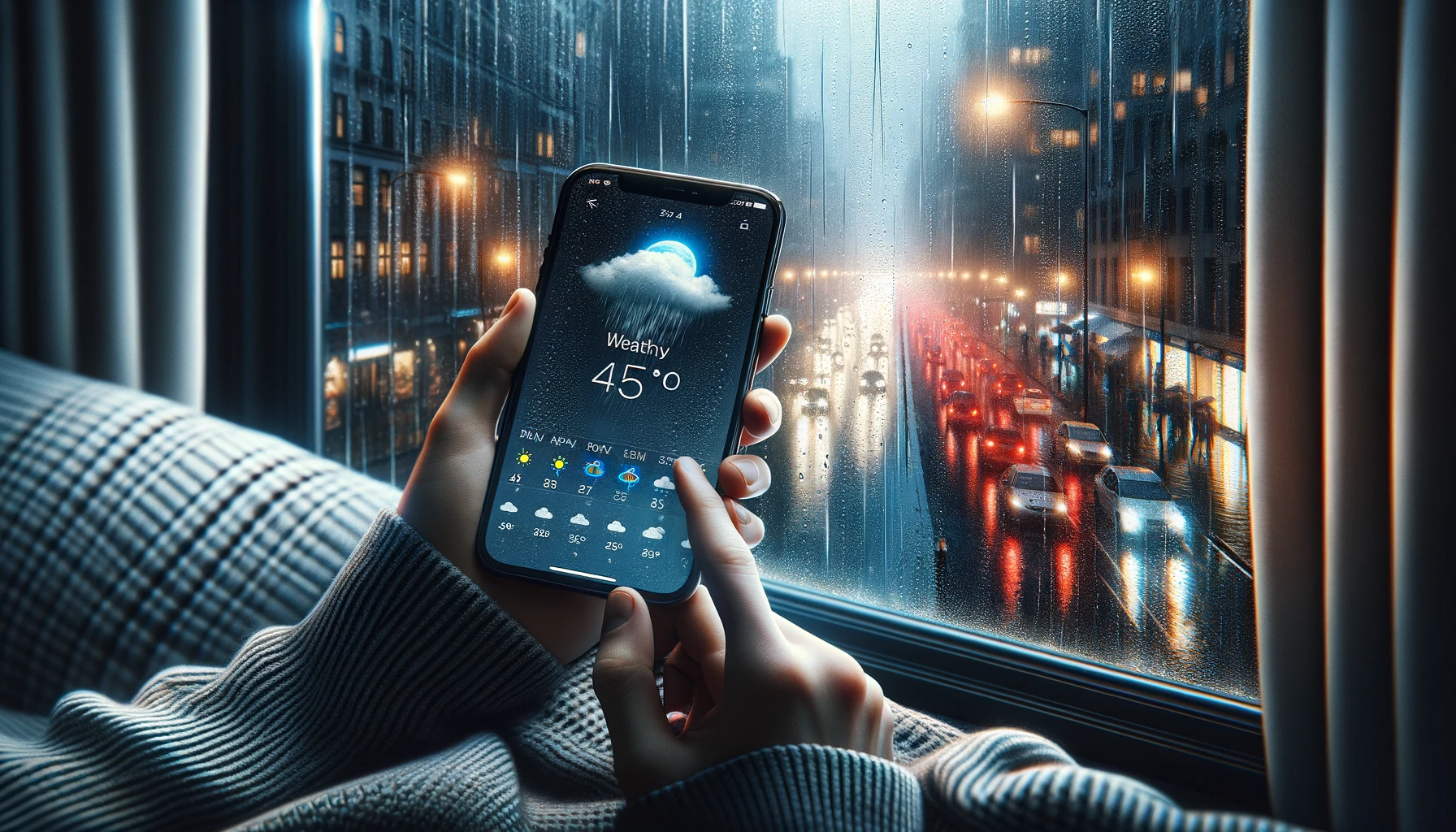In the realm of tech enthusiasts and gadget gurus, buzz about the upcoming iPhone 16 has taken a curious turn. A recent whisper in the tech community suggests that Apple‘s future model, the iPhone 16, might not venture far in terms of aesthetic changes from its predecessor, the iPhone 15. As anticipation builds, many wonder whether maintaining the same color-infused glass back as the iPhone 15 will satisfy consumers’ expectations for innovation and freshness in design.
Delving into historical trends, Apple has periodically opted for consistency in design across models, focusing on internal upgrades rather than external revamps. This approach aligns with previous strategies where successive models have seen minimal changes in design but significant enhancements in functionality and software. As such, the choice to retain the same color-infused back glass could be seen as a nod to a design that perhaps has won favorable reviews and consumer satisfaction. This design consistency might be part of a broader strategy to stabilize brand identity before introducing more radical changes in future iterations.
What Does This Mean for Apple’s Strategy?
Apple’s decision to possibly retain the glass-back design of the iPhone 15 in the iPhone 16 may indicate a tactical pause in aesthetic innovations. This might suggest a larger focus on enhancing internal features, such as processing speed, battery life, and camera capabilities. Despite the external similarities, improvements under the hood could be significant, aiming to boost user experience and performance.
How Will Consumers React?
Consumer reaction to the iPhone 16’s design could be mixed. While some might appreciate the stability and continuity in design, especially if they admired the iPhone 15’s aesthetic, others might view it as stagnation, craving more visible changes and upgrades. How Apple markets these choices will be crucial in shaping public perception and acceptance.
What Are the Potential Implications for the Market?
If Apple confirms the rumor, the market’s response will likely mirror that of the consumer base: a blend of approval and critique. Competitors might seize the opportunity to highlight their innovations, particularly if they introduce more visually distinct designs or novel features. This scenario could set the stage for a fiercely competitive market, pushing brands to balance between innovation and consistency.
Key Insights
- Maintaining the same design could stabilize brand identity.
- Internal improvements could compensate for external similarities.
- Effective marketing will be crucial to mitigate consumer disappointment.
Reflecting on Apple’s history, the company has successfully navigated the fine line between innovation and brand consistency. If the iPhone 16 indeed mirrors the iPhone 15 in its back glass design, it may not signify a lack of innovation but rather a strategic choice to perfect other aspects of the phone. The real test will be in how Apple integrates technology upgrades within this familiar design to meet modern user demands. Ultimately, the success of the iPhone 16 will hinge not just on its looks but on its performance and how it enhances user interaction and satisfaction.










